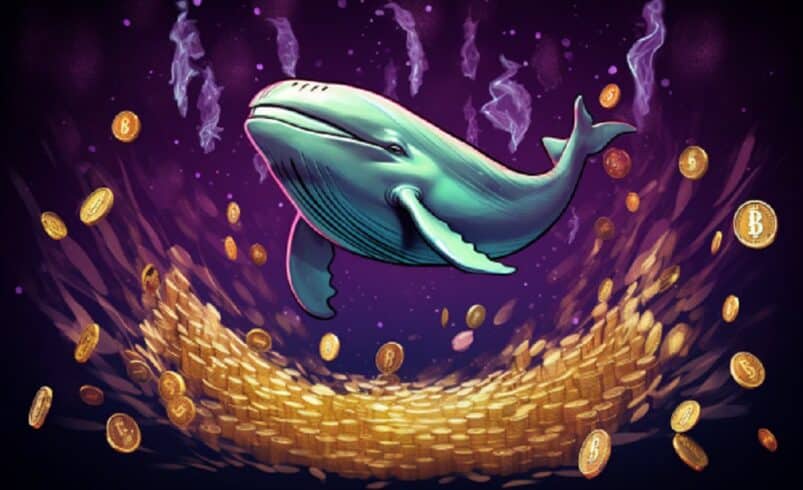Non-Fungible Tokens: What You Need To Know

Non-fungible tokens have risen well beyond predictions since their inception in 2014, with analysts forecasting that the market cap of NFTs could reach $210 billion by 2030. NFT is a popular type of digital asset that represents a unique unit of data recorded on the blockchain that cannot be exchanged on a like-for-like basis with another token. Bitcoin and other crypto assets, unlike conventional currency, are physical and interchangeable with other tokens.
NFTs provide irreversible proof of ownership and validity for digital or physical commodities such as gaming, music, or the arts. Aside from that, NFTs are currently popular in a variety of different industries, including fashion, play-to-earn games, real-time usefulness such as profile images, and so on. NFTs enable artists to tokenize and sell their virtual artworks on multiple NFT markets.You can buy or sell NFTs without third-party interference and each token has unique codes for identification, making it easier to send and receive. In this article, you will learn how NFTs work, and the types of NFTs that exist.
How do Non-Fungible Tokens Work?
Non-fungible tokens are smart contracts built on the blockchain to automatically execute programs written in it’s code. Via the smart contract features, NFTs are designed to perform various specified functions automatically such as offering royalty commission to developers each time they are resold.
Practically, non-fungible tokens can be minted to represent tangible or non-tangible electronic objects like videos, GIFs, artworks, virtual avatars, sports highlights, or collectibles. For instance, think of an art painting in digital form, it can be turned into an NFT and sold such that instead of a physical artwork, the buyer would go home with a digital file.
Types of Non-Fungible Tokens
Theoretically, everything can be found in an NFT and they gain massive value because of their unique features and scarcity. Below are a few of the numerous types of NFTs that exist:
Art and collectible NFTs
These NFTs are the commonest, representing various digital arts and collectibles like animations and illustrations. Typical examples 8f these NFTs are CryptoPunks and Bored Ape Yacht Club (BAYC) digital collections which have high return rates and are considered the most valuable NFTs collections globally.
Gaming NFTs
Gamified NFTs are seen in video games, virtual spaces, and the metaverse. They are in-game assets like land, avatar features, etc. which can be sold to earn money while playing and trading in a game.
Profile picture NFTs
It is a common act for crypto enthusiasts to turn their social media profile pictures into non-fungible tokens. According to stats, millions of people globally find it fun to replace their real-life picture with a digital avatar generated by AI to remember Bored Ape or CryptoPunks characters.
Fashion NFTs
The first fashion-branded NFTs surfaced in the 2022 bearish crypto market and since have grown popular and global as many top cloth lines are now deeply invested in the NFTs world. Top brands like Dolce & Gabbana create digital cloth non-fungible tokens for virtual avatars to wear in the metaverse platform.
Event tickets NFTs
People can get their event tickets minted as NFTs on blockchain platforms and auctioned off by the event organizers. These types of NFTs are called memorabilia as they can be resold at fixed prices or stored as collectibles..
Virtual real estate NFTs
Digital real estate NFTs went viral in 2021 in the decentralized communities. These NFTs stand for virtual land/ real estate properties in the metaverse and video games where businesses and companies can acquire and set up their presence.
Music NFTs
Musicians and artists can leverage the NFT potential to earn massive amounts as they can tokenize their music or artwork and auction it off. Once sold, both the artist and the buyer benefit from the product because the artist would have a new streaming source while the buyer would see his NFT grow in value as the artist becomes more successful.
Content and Publishing NFTs
Tokenied written content enables authors and journalists to monetize their blogs, books, and articles in NFTs.
Conclusion: The future of NFTs
Shortly, asset tokenization could transform our interaction with financial value. Tokenizing physical and digital assets across different productions with NFTs can drastically reduce fraud rates, increasing transparency and making sales and purchases more efficient and secure. With an encouraging regulatory framework, NFTs could play a pivotal role in future finance, shaping the global economy.
DISCLAIMER: It's important to know that the stories on this blog are not meant to serve as, nor should it be construed as, advice in legal, tax, investment, financial, or any other professional context. You should only invest an amount that you are prepared to lose, and it's advisable to consult with an independent financial expert if you're uncertain. For more information, kindly consult the terms of service and explore the assistance and support areas provided by the issuing or advertising entity. Our website is dedicated to accurate and unbiased reporting, but it's important to note that market circumstances may change rapidly. Additionally, please be aware that some (but not all) articles on our site are sponsored or paid posts.













